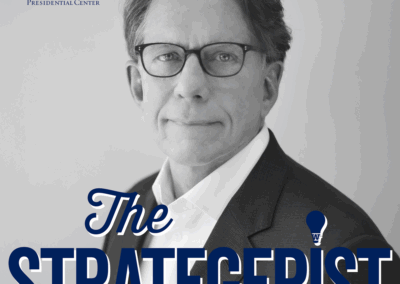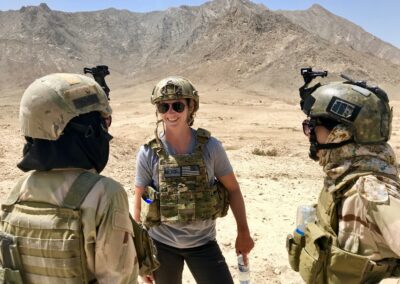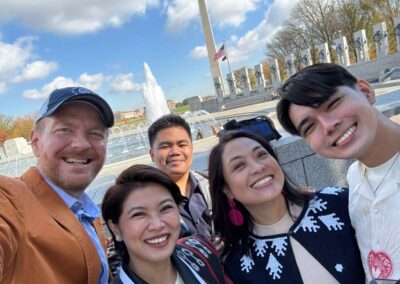Back to Bamako

Aw ka kεnε Wa Du Mali (Hello from Mali. How are you?; in the local dialect Bambara)
There is a popular saying in Mali: “Back to Bamako”. It can be found on shirts and items for sale throughout the city. The motto was created in an artisan workshop at le Campement Kangaba that gathers local artists and supplies the tools and means to create instruments, chic clothing, and art for tourists. The artist who coined the phrase felt it was apt because Bamako has a funny way of making everyone who visits yearn to return. This was very true for me. This is my third time working in the legendary city and I could not be more excited to support US special operations forces’ efforts to build the capacity of the military. I previously spent more than two years working with the Malian soldiers while I was on active duty. Now, I have an opportunity to assist a critical effort alongside my good friend Major Mustapha Sangare, the base Commander for Malian Special Operations. Mustapha made sure I did my best work for his soldiers and repeatedly told the Embassy and Special Operations team how excited he was for my return, saying, “Andy is coming, he is sure to help us.” I was ready to give Mustapha and his soldiers my best efforts in completing the project.
Although I am excited to return to Bamako and see old friends, there is important work to be done. Sadly, the artisan workshop and resort I mentioned earlier were closed through May following a horrific terrorist attack which claimed multiple victims, including one American citizen. I fear that the catchy and jovial slogan of “Back to Bamako” has taken on a darker meaning where regional insecurity and extremism in the Western Sahel can be traced “Back to Bamako” because of Mali’s lack of governance and the growing threat from violent extremist organizations. As tragic as the attack was, previous training provided to Malian forces by the US military and supported by Spirit of America helped minimize the catastrophe and casualties.
Recently, the US troops in Mali passed a local need along to me on behalf of the 33rd Parachutist Regiment and the Malian Commandos. These elite units desperately needed an improved training site; they had been training outdoors in the blistering Saharan sun with little to no relief beyond minor shade in minimal foliage. In fact, this training pavilion is now the largest building at the Commando School and one of only four permanent structures. The Malian forces have been continually trained in medical assessments and treatments, civilian outreach, and basic soldiering tasks by US special operations since 2016 with great results. However, the SOFLE believed with the holy holiday Ramadan quickly approaching and soldiers unable to drink or water or consume food, the hot desert sun would be too strong and training would need to be reduced to a minimum at a critical point in their training cycle. These units are preparing to deploy to the restive North of the country where armed extremist groups operate with near impunity and to the tri-board region to serve as Mali’s contribution to the G5 Sahel multinational counterterrorism force.
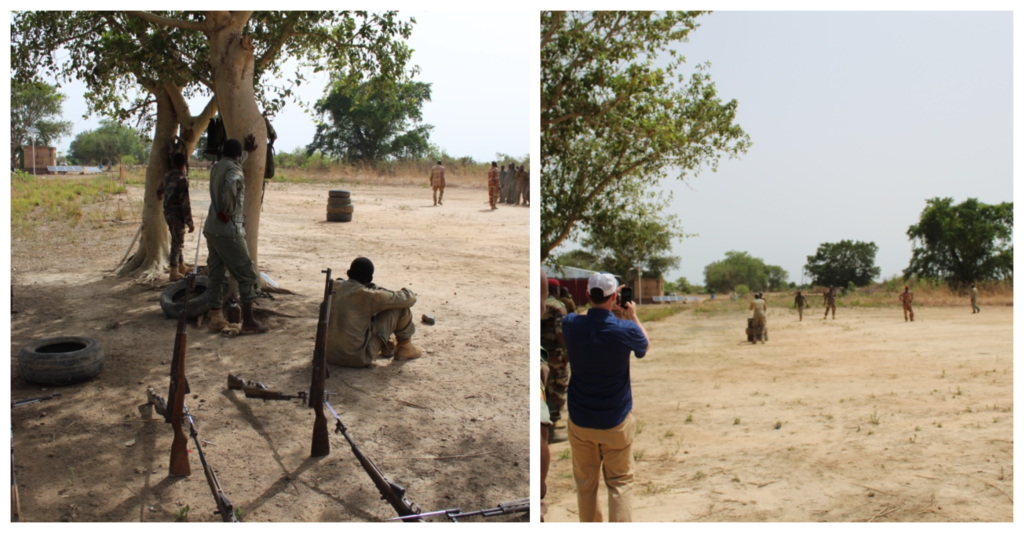 Soldiers watch hand-to-hand combat training on the Commando base; training takes places for a 4-month period prior to soldiers deploying North.
Soldiers watch hand-to-hand combat training on the Commando base; training takes places for a 4-month period prior to soldiers deploying North.
The project was a huge success and was completed in less than 30 days. The training pavilion was made possible through the support of our generous donors. My friend Major Sangare held an opening ceremony to commemorate US and Malian collaboration and celebrate the start of a new rotation of American lead training beginning immediately after the ceremony. The event included US special operations, the United States Embassy, Malian officials and high-ranking officers, and ultimately the soldiers who will use the pavilion for training.
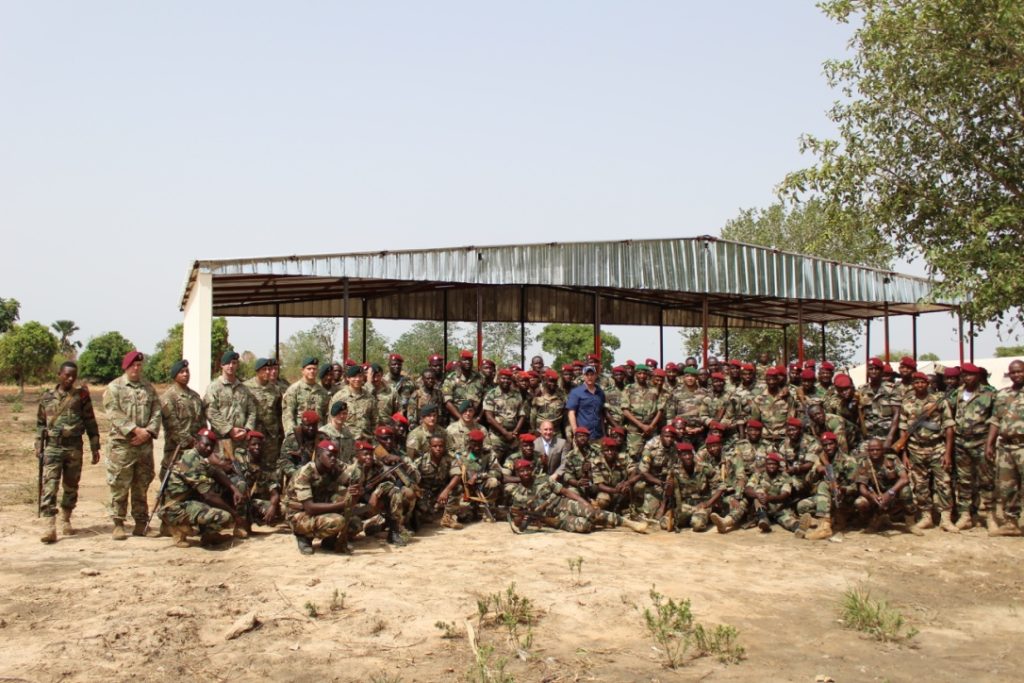 Malian Soldiers pose for a photo in front of one of the only buildings on the Commando base.
Malian Soldiers pose for a photo in front of one of the only buildings on the Commando base.
The project goes beyond the construction of a pavilion to keep the soldiers from the sun; US trainers will use the facilities and supplies donated by SoA to train the Malian forces on trauma care and equip the deploying units with individualized first aid kits, or IFAKS, full of new medical equipment. The US will also train the Malians on force protection and base security by using a small donation of a rented bulldozer to showcase that minimal construction can lead to increased security and save lives on their compounds; a trade they will surely use while deployed to the North.
Although peace and stability in Mali are fragile, I enjoyed my stay. In addition to seeing old Malian friends, I was also able to visit former colleagues from the US Embassy and military still stationed in Bamako and reminisce about the good times we had shared. I feasted at two of my favorite restaurants. First, at the Appaloosa – known for their servers dressed like cowboys – and then at the Sleeping Camel. I may be biased in my preferences however as both owners are from my hometown in Ohio and are always happy to catch up on the latest Cleveland sporting news.
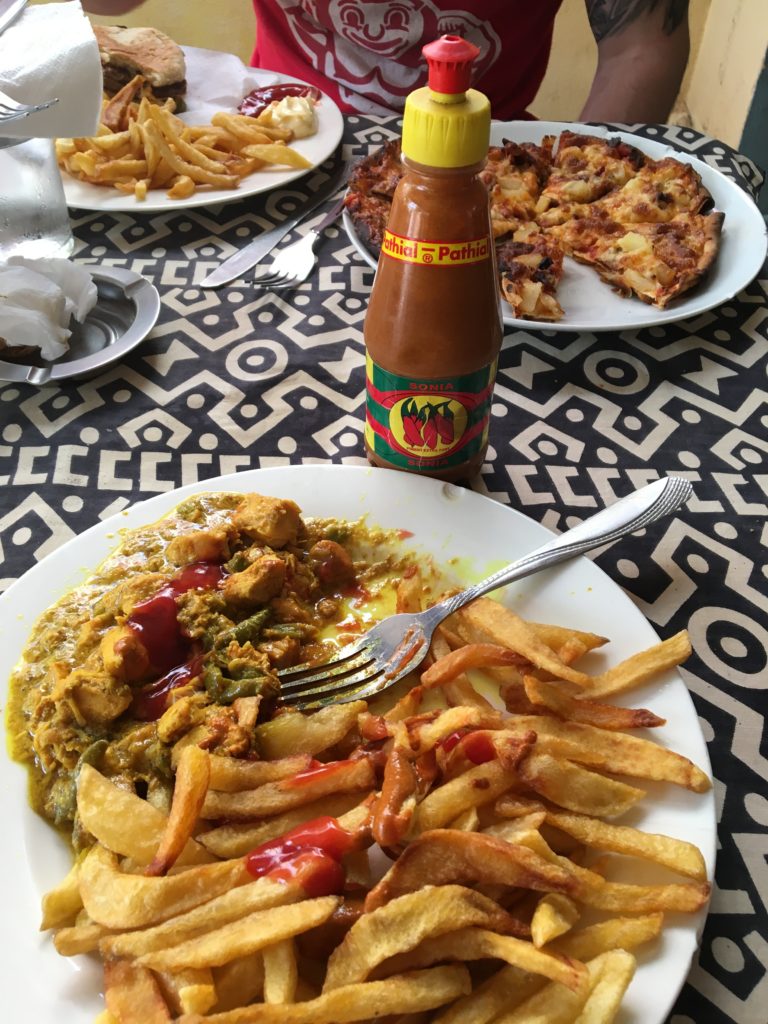 One of my favorite dishes in Mali; chicken curry, fries which are the official vegetable of West Africa and my favorite spicy sauce called piment.
One of my favorite dishes in Mali; chicken curry, fries which are the official vegetable of West Africa and my favorite spicy sauce called piment.
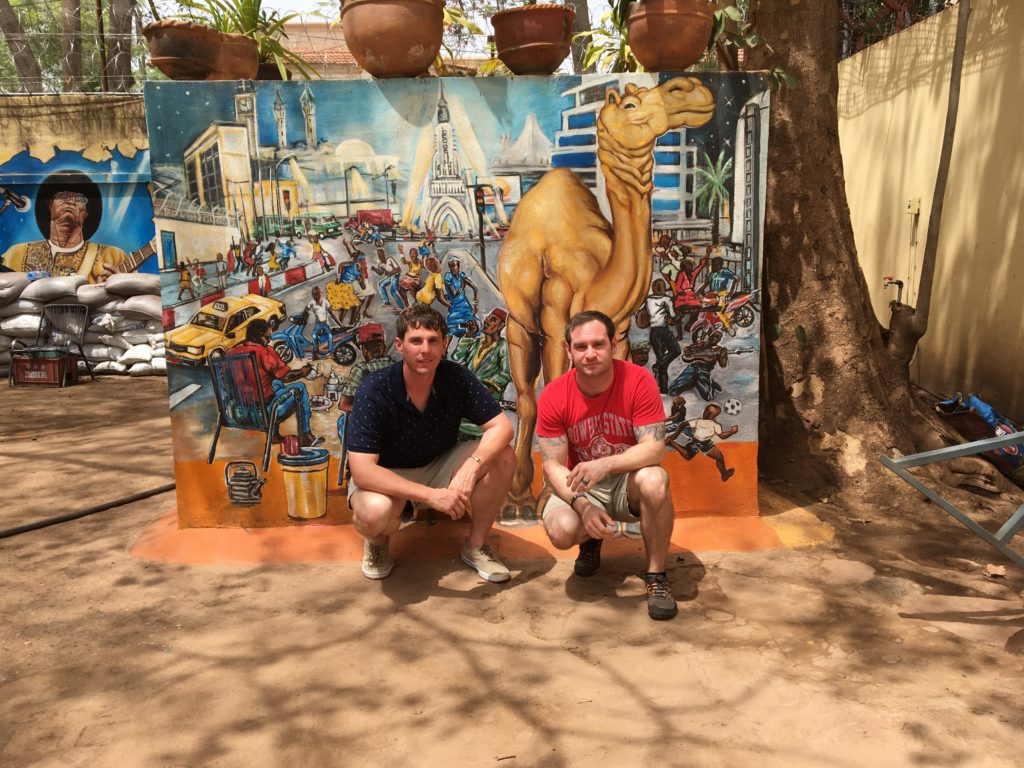 Eating dinner at the Sleeping Camel with a good friend from my military past.
Eating dinner at the Sleeping Camel with a good friend from my military past.
That brings my short but important trip to a close. I wish for the best in Mali and hope that through the hard work of the Malians and their US advisors, the country can return to its stable, peaceful, prosperous former self. I look forward to my next opportunity to go “Back to Bamako.”

